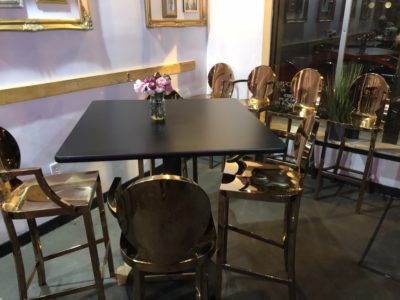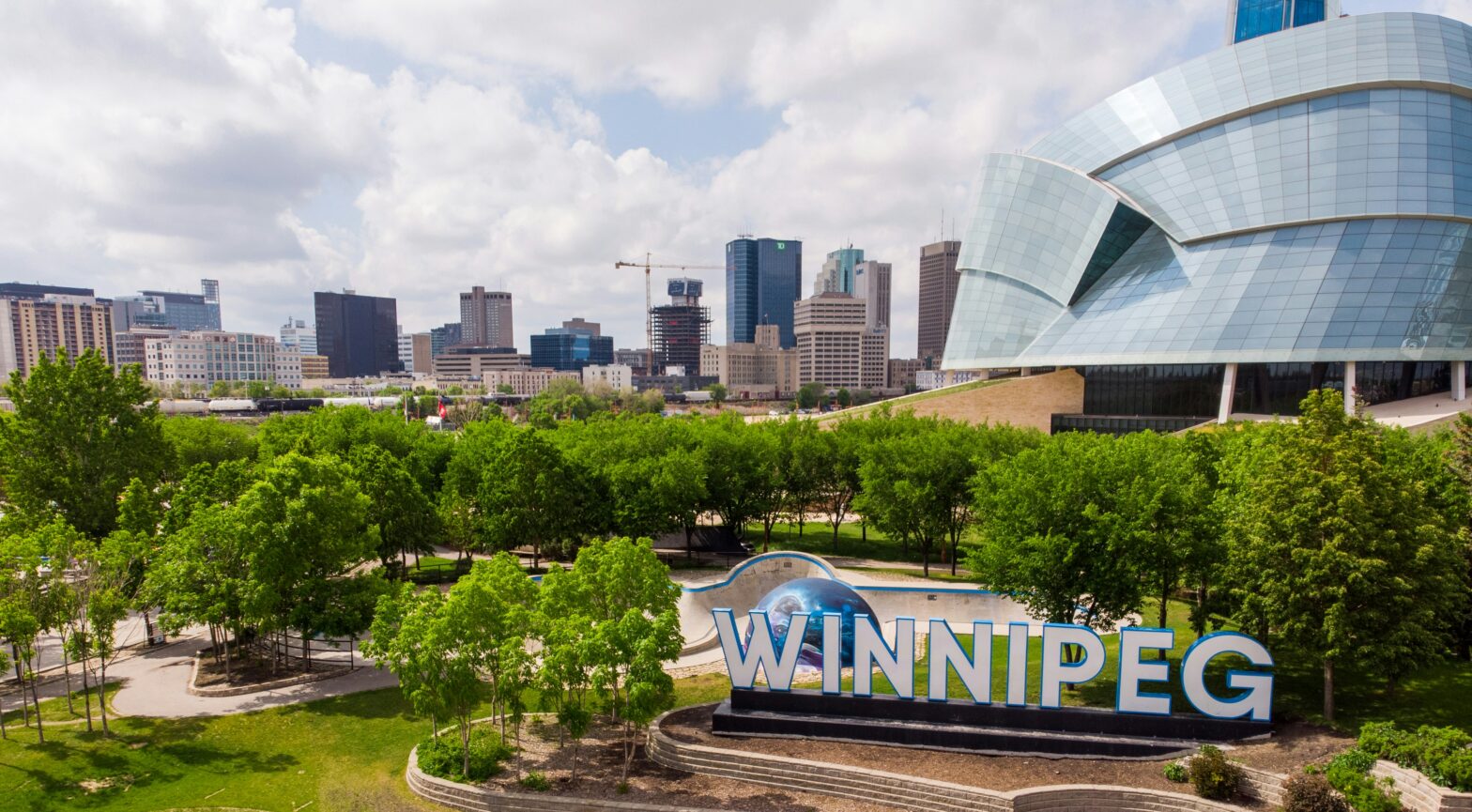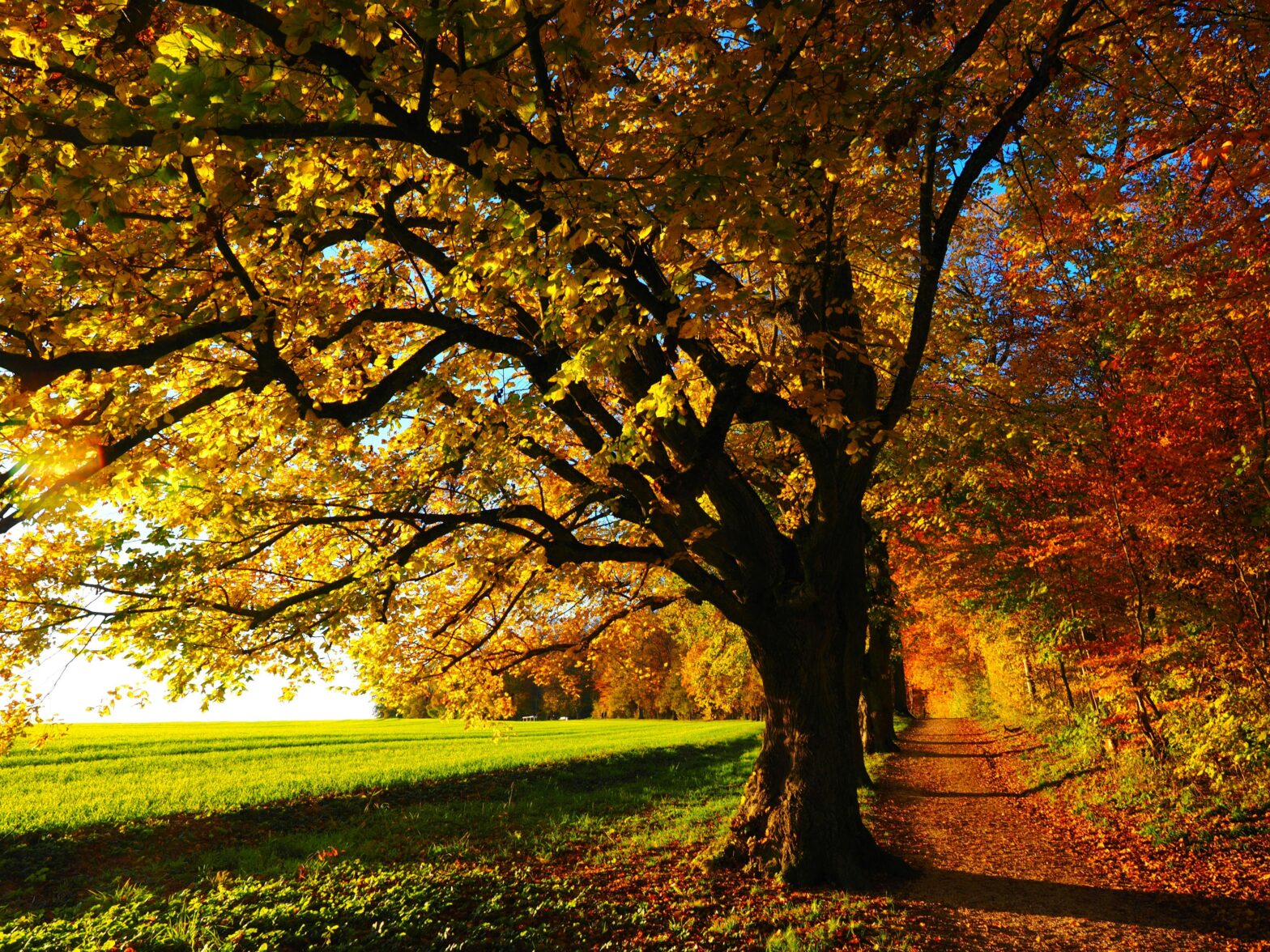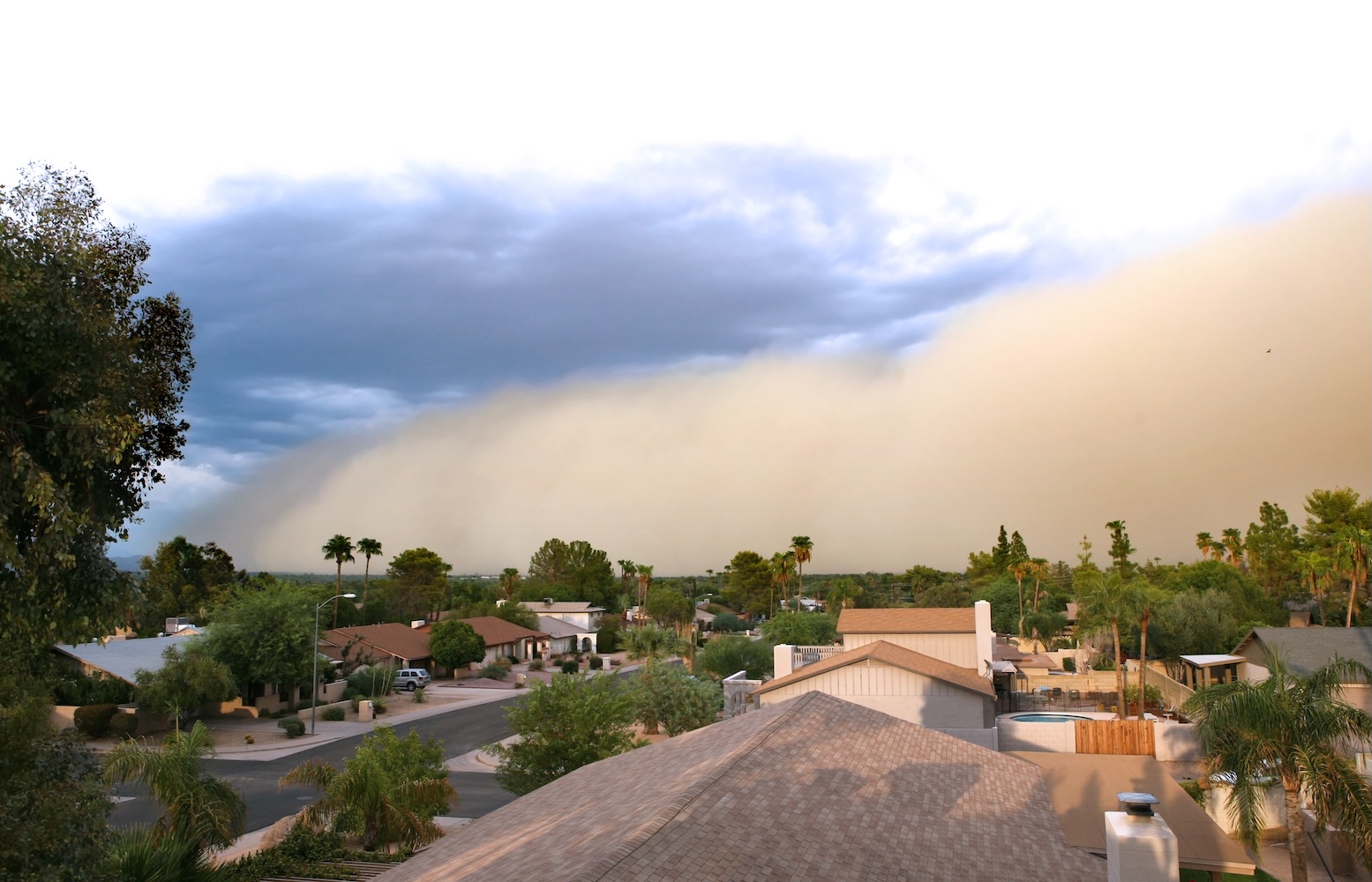The City of Brotherly Love is full of hospitality, culture, and history. The cultural influence of Black Philadelphia is widely shown in its art and historical museums, reflecting the impactful role African Americans played in our history.
A home away from home. Located in West Philly, inside this historic manor is a welcoming, upscale housing experience. Akwaaba means “welcome” in Ghanaian language. Enjoy the sound of Philly soul artists, like The O’Jays, The Spinners, Patti Labelle, played throughout the house, along with its vintage décor and themed bedrooms.
Look forward to breakfast freshly prepared by the current home attendant. I wanted to take Mrs. Toni home so she could whip up some more fruit parfait, chicken apple sausage, grits, eggs with cheese, and fresh sweet potato muffins from a local bakery.
Former EIC of Essence Magazine and star of OWN network’s Checked Inn, Monique Greenwood created a chain of black-owned bed and breakfast inns offering an authentic experience with old-fashioned hospitality and modern amenities.
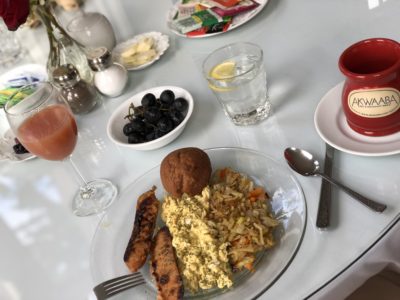
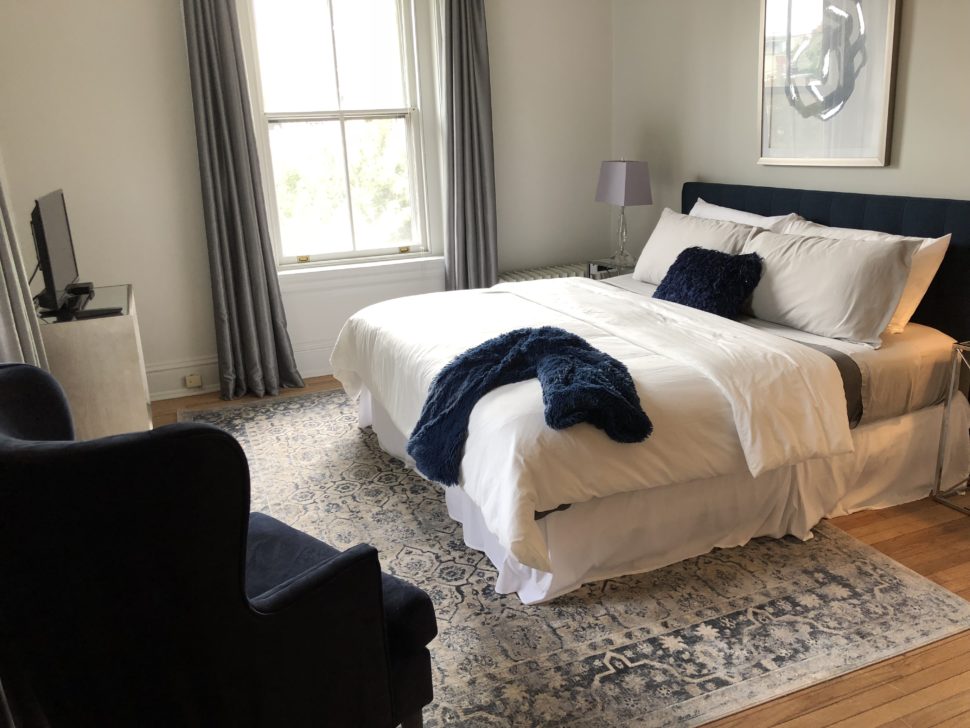
Preserving the Arts
October is Mural Arts Month honoring over 3,000 murals in Philadelphia through the Mural Arts program. It features artists from all over the city maintaining the art through a restorative initiative. The program helps to shape the city’s sense of inspiration, leading to the title “City of Murals.”
The Roots member Black Thought joined the Mural Arts Board of Directors in 2013 after his best friend, Shawn L. White passed away. He was an influential educator creating health initiatives on HIV/AIDS and how they affect young African American men. Black Thought honored him by creating a mural arts project called ASpire: No Limits, in his honor.
West Philadelphia born and raised, on the playground is where I spend most of my days. Well, now Will Smith is actually on a playground at Global Leadership Academy Charter School. Earlier this year, British artist Richard Wilson worked with the Mural Arts Program and the school to create a mural honoring their hometown native and his impact on the city’s growth. The painting is located within school premises but seen from the adjacent sidewalk.

African American Museum in Philadelphia
The AAMP was the first institution built by a major city with hopes to preserve and exhibit the culture and history of African Americans in Philly. Built in 1976, the museum offers a confident look at African Americans, especially during slavery.
The Audacious Freedom exhibit narrates stories and contributions by people of African descent in America. It uses an interactive timeline, suitable for children and adults, to explore their daily work, education, and community and family backgrounds. Large size video projections showcase pioneers from 18th century Philly including abolitionist Frances Ellen Watkins Harper, former military officer Octavius Catto, and more.
The newest exhibit Cotton: The Soft, Dangerous Beauty of the Past features photographs by Philly artist John Dowell. His large photographs explore the contrast between cotton and slavery in NYC. It’s beautifully pleasing images evoke a range of emotions and will be on display until January 2019.
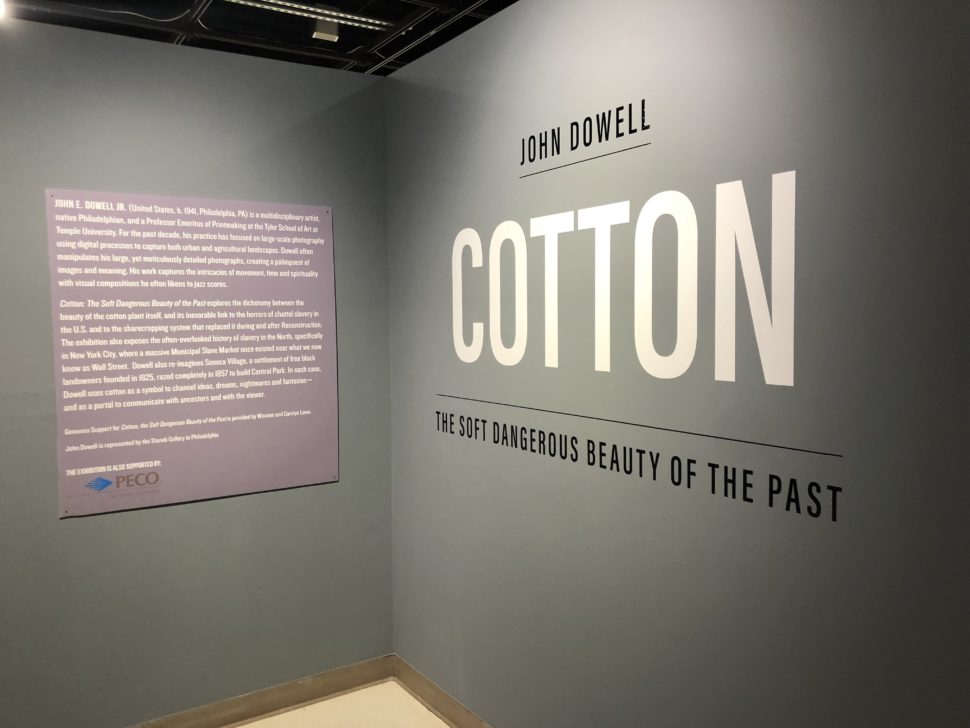
Discover paintings, drawings, and prints by artists of the Great Migration—where six million African Americans moved from the south to the Midwest and North in hopes of better opportunities between 1910-1960.
These artworks displayed the social tension and segregation experienced during the Great Migration. These images serve as a reminder of the crucial role African Americans played in history, influencing the culture, music, artistry, and poetry. Other images also include a nurse during WWII, an exaggerated scene from WWI, public transportation, and a farm family at work.
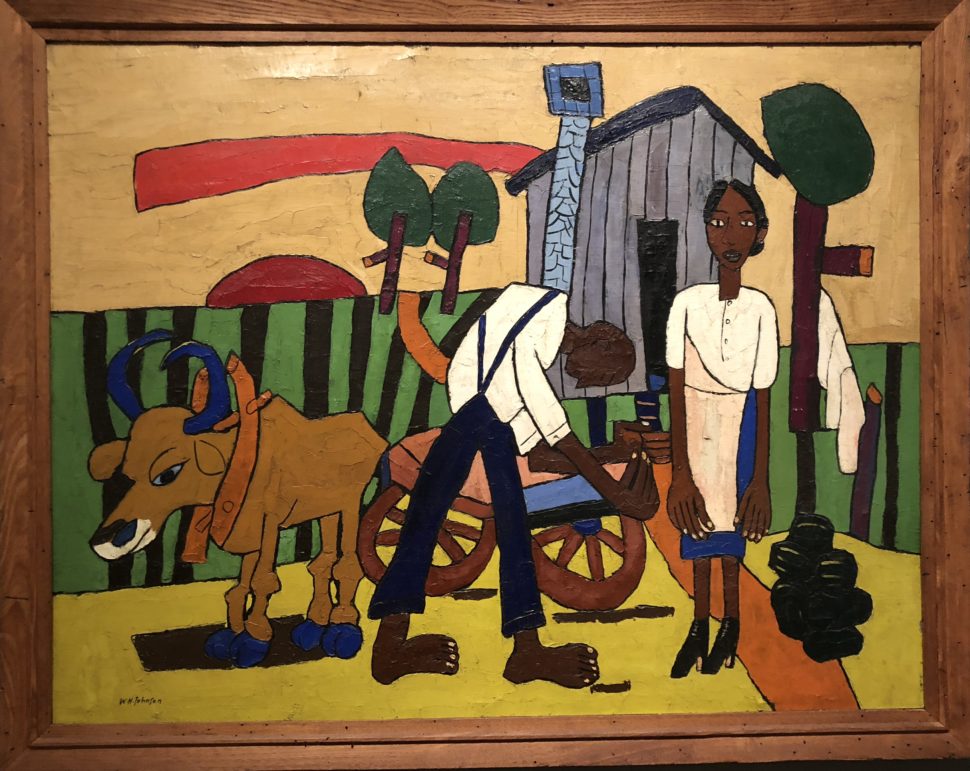
The Colored Girls Museum
Vashti DuBois turned her Philadelphia home into a sanctified save haven for colored girls to be free, to be ourselves, and to be seen. “You look at her, but you don’t see her,” DuBois says. “If you don’t see her, you can hurt her.” DuBois along with a team of curators are intentional about every artifact, sculpture, painting or art form displayed in this gallery, adhering to a specific theme. The Search of the Colored Girl theme features work from local artists such as Keisha Whatley, Lavett Ballard, Jennifer Mack Watkins and more.
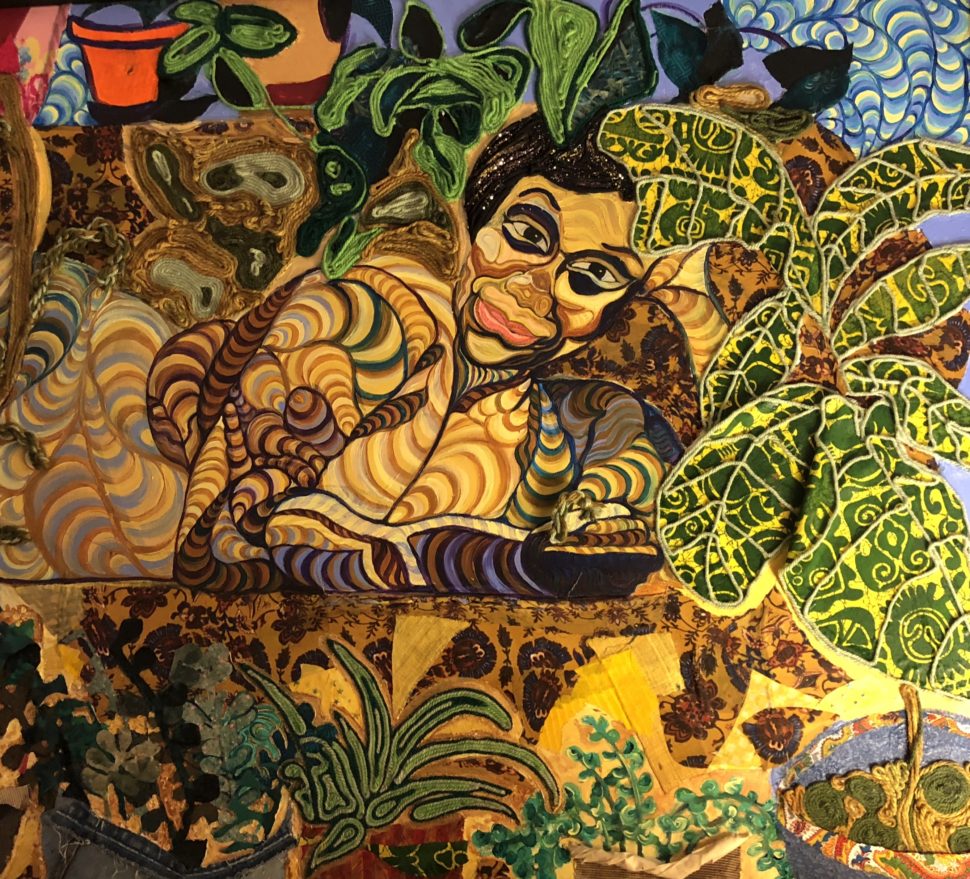
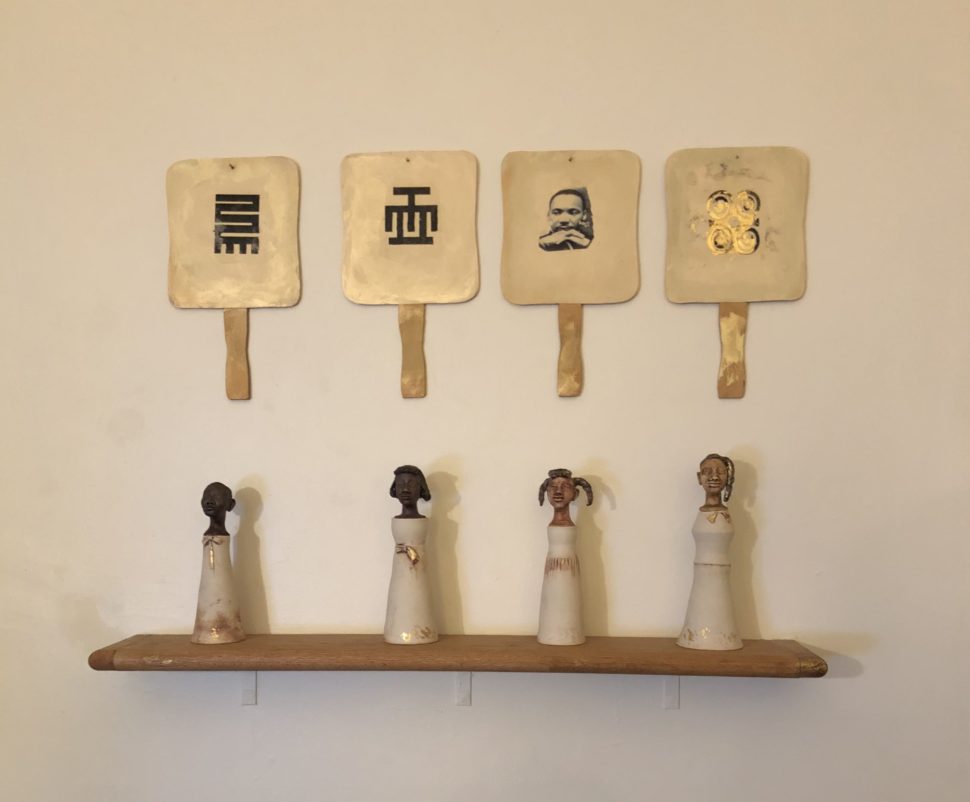
Co-owners Shanti Mayers and Syreeta Scott created an oasis for black women that offers a uniquely curated shopping experience. Located in North Philly, the Sable Collective features a collection of clothing, art, books, jewelry, beauty, and wellness down to the feminine care products just for us. From the jewelry and crystals to the body care and home décor, there’s something for every black woman. While there, I picked up a copy of Their Eyes Were Watching God by Zora Neale Hurston, Milk and Honey by Rupi Kaur, Black Privilege by Charlamagne Tha God and other goodies. If that’s not enough, Syreeta’s Salon is nearby for all your natural hair care endeavors.
Be surrounded by powerful images of black women and savor comfort food cooked by black women. PGC opened this cozy, hip restaurant just one short year ago feeding the souls of Philly. I enjoyed this poutine-inspired Lobster French fries dish known as the Lobsta Mobsta and a delicious salmon, while listening to some of my favorite R&B artists, Mary J. Blige, Brandy, Toni Braxton. The gold and pink décor give a royal-esqe impression of the good vibes, hospitality and food served here. Oops, I forgot, it’s BYOB!! No, seriously, it is.

